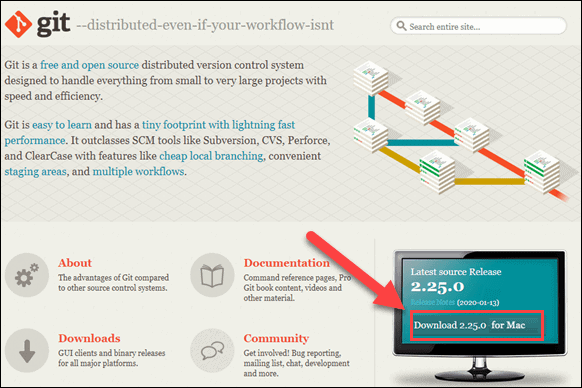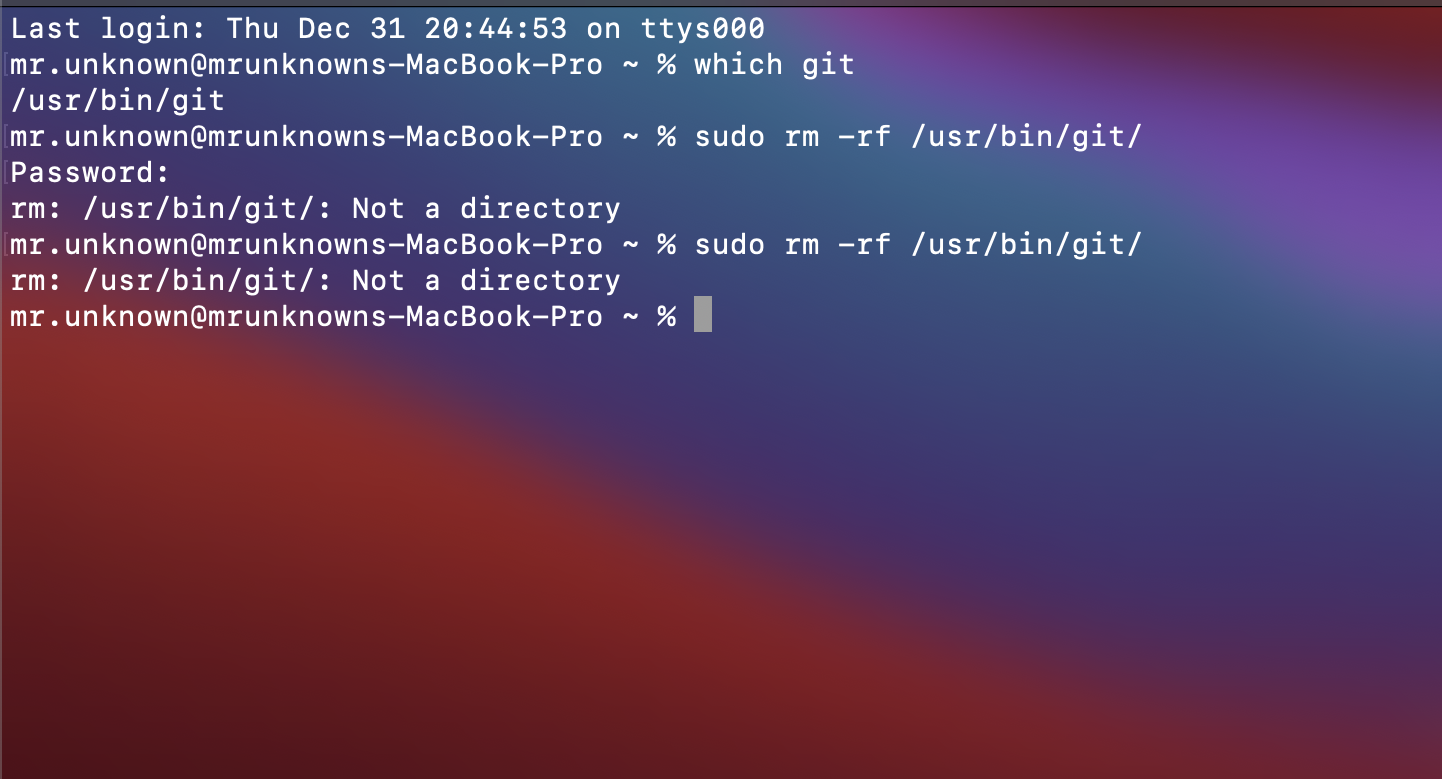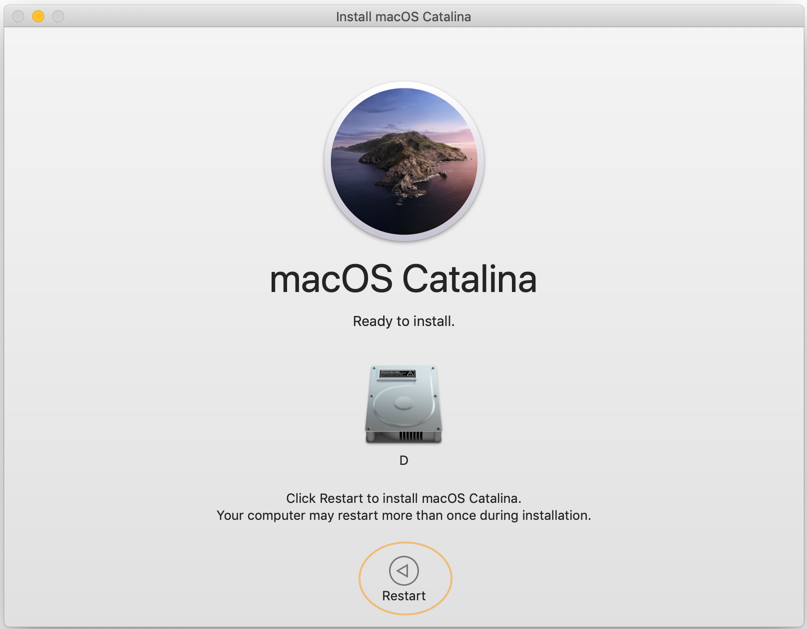

(Note that the createinstallmedia tool doesn’t work under OS X 10.6 Snow Leopard-it requires OS X 10.7 Lion or later.) The createinstallmedia method is the easiest if you’re at all comfortable using Terminal, it’s the approach that I recommend you try first.
#Install git on mac yosemite install
I’ve come up with three ways you can create a bootable OS X install drive for the Yosemite: using the installer’s built-in createinstallmedia tool using Disk Utility or performing the Disk Utility procedure using Terminal. If you don’t, you’ll have to redownload the installer from the Mac App Store before you can create a bootable installer drive.Ĭreate the Yosemite install drive: The options If you plan to use that installer on other Macs, or-in this case-to create a bootable drive, be sure to copy the installer to another drive, or at least move it out of the Applications folder, before you install. As with the Mavericks installer, if you leave the Yosemite beta installer in its default location (in the main Applications folder) when you install OS X 10.10, the installer will delete itself after the installation finishes. Like all recent versions of OS X, Yosemite is distributed through the Mac App Store. And if your Mac is experiencing problems, a bootable installer drive makes a handy emergency disk.Īs with previous versions of OS X, it’s not difficult to create a bootable installer drive from the Yosemite installer, though the processes have changed slightly since Mavericks. If you want to erase the drive on a Mac before installing Yosemite, or start over at any time, you can use a dedicated installer drive to boot that Mac, erase its drive, and then install the OS clean and restore whatever data you need from a backup. I recommend making one for Yosemite, on an external hard drive or USB thumb drive, for many of the same reasons I recommend making a bootable Mavericks installer drive: If you want to install Yosemite on multiple Macs, using a bootable installer drive can be more convenient than downloading or copying the entire installer to each computer. Modern, downloadable versions of OS X create a recovery partition on your drive, but it’s always a smart idea to make your own bootable installer drive too. Install uWSGI + Asyncioįinally we just need to activate our Virtualenv and run the following command: CFLAGS="-I/usr/local/include/python3.4m" UWSGI_PROFILE="asyncio" pip install uwsgiĭon’t forget to replace the CFLAGS with the include path you got in the previous step.Back in the day when we bought OS X on discs, as long as you kept that disc, you always had a bootable installer just in case. So now we know that the Python3.4 include path is: /usr/local/include/python3.4m. Result obtained: /usr/local/include/python3.4m/greenlet We know that greenlet must be there already so lets try to find it: sudo find / -name greenlet -type d

Now we need to find the Python3.4 include path. This is because the python header files don’t get copied to a virtualenv and we’ll need to point to them when building uWSGI + Asyncio. Why in the global Python3 interpreter? Why not in the virtualenv just running pip install greenlet? Installing Greenletįirst thing we need to do is installing greenlet in our global python3.4 interpreter. If that’s not the case, you should follow this tutorial first. I’m assuming that you have Homebrew, Python 3.4 and Virtualenv already installed. So in this tutorial I’m trying to make it a bit easier.

The installation of uWSGI + Asyncio is defined in the uWSGI documentation however I’ve run into many troubles.


 0 kommentar(er)
0 kommentar(er)
